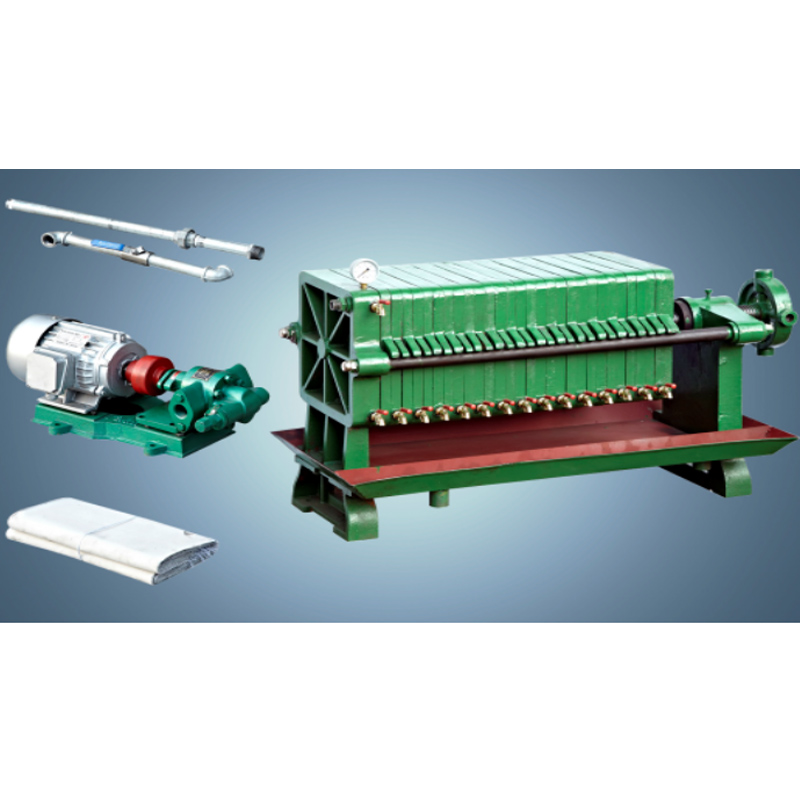Dec . 24, 2024 09:44 Back to list
Manufacturer of Corn Germ Oil Refining Equipment and Units for Efficient Production
The Corn Germ Oil Refining Unit A Vital Component for Edible Oil Production
In the ever-evolving food processing industry, the demand for high-quality edible oils continues to rise, driven by dietary trends and the growing popularity of plant-based diets. Among various types of edible oils, corn germ oil has gained significant attention due to its nutritional properties and versatility in cooking. The refining of corn germ oil is crucial for producing a product that meets consumer expectations regarding purity, taste, and shelf-life. This article will explore the significance of corn germ oil refining units and their role in enhancing the quality of corn germ oil.
Understanding Corn Germ Oil
Corn germ oil is extracted from the germ (embryonic part) of corn kernels. This oil is rich in polyunsaturated fatty acids, primarily linoleic acid, and contains vitamins E and K, making it a popular choice for health-conscious consumers. Additionally, its high smoke point makes it suitable for various cooking methods, including frying and baking. However, crude corn germ oil contains impurities—such as free fatty acids, phospholipids, and other minor components—that can affect its quality and stability. This is where refining comes into play.
The Refining Process
The refining of corn germ oil typically involves several key stages
1. Degumming This initial step removes phospholipids and other impurities that can lead to cloudiness and off-flavors in the oil. Water or acid is added to the oil, causing these impurities to form a gel-like substance that can be separated.
2. Neutralization Free fatty acids that contribute to rancidity and undesirable flavors are removed through a process known as neutralization. Alkali (usually sodium hydroxide) is added, which reacts with the free fatty acids to form soapstock, which is then separated from the oil.
3. Bleaching In this stage, coloring pigments and remaining impurities are removed by adsorbing them onto a bleaching clay. The oil is treated with this clay, which absorbs the unwanted components before being filtered out.
4. Deodorization The final step involves the removal of volatile compounds that can impart undesirable odors and flavors. This is usually achieved through steam injection under vacuum conditions, which effectively strips away these off-odors, resulting in a neutral and pleasant-smelling oil.
corn germ oil refining unit manufacturer

The Importance of Refining Units
Corn germ oil refining units are specialized facilities designed to carry out these processes efficiently and effectively. The design and configuration of these units play a critical role in ensuring high yields and optimum quality. Key aspects include
- Technology and Equipment Modern refining units utilize advanced technologies to maximize oil recovery and minimize energy consumption. Equipment such as centrifuges, membrane filters, and vacuum deodorizers are essential for achieving superior refining results.
- Quality Control Rigorous quality control measures are vital throughout the refining process. Testing for free fatty acid content, color, and flavor profile ensures that the final product meets industry and consumer standards.
- Sustainability As consumers become more environmentally conscious, refining units are focused on adopting sustainable practices. Waste minimization, energy efficiency, and careful sourcing of materials are becoming integral components of refining operations.
Market Trends and Future Outlook
The global market for corn germ oil is witnessing steady growth, driven by increasing demand for healthful oils and the expansion of the food processing industry. Additionally, corn germ oil's application in cosmetics, pharmaceuticals, and biofuels is opening new avenues for producers. Refining units will need to adapt to these market trends by enhancing their capabilities to meet diverse customer requirements and improve product offerings.
Conclusion
The corn germ oil refining unit is a cornerstone of the edible oil industry, transforming crude oil into a high-quality product that aligns with consumer health trends and culinary preferences. As the market for edible oils continues to grow, the role of these refining units will remain critical in delivering safe, nutritious, and sustainably produced corn germ oil. For manufacturers, investing in advanced refining technologies and maintaining high standards of quality will be essential for thriving in this competitive landscape.
-
Leading Food Oil Refined Unit Companies | Quality & Efficient Solutions
NewsAug.27,2025
-
Expert Food Oil Refined Unit Companies | Advanced & Efficient Refining
NewsAug.26,2025
-
Food Oil Refined Machine Companies: High-Efficiency Oil Refining
NewsAug.25,2025
-
Popular Commercial Oilseed Crushing Machinery | High-Yield Oil Expeller Press
NewsAug.24,2025
-
Food Oil Refined Unit Companies: Leading Manufacturers & Exporters
NewsAug.23,2025
-
Expert Oil Filter Machine Service & Solutions | Quality & Reliability
NewsAug.22,2025
